Creating engaging podcasts from course material can feel overwhelming, right? With so much information to sift through, it’s easy to wonder how on earth you’ll turn lectures into lively audio content that listeners will actually enjoy. You’re definitely not alone in this!
But don’t worry! If you stick with me for a bit, I promise you’ll walk away with a clear roadmap to transform your course material into a fantastic podcast. Imagine captivating your audience while effectively sharing your knowledge—sounds great, doesn’t it?
We’ll cover essential steps like defining your learning goals and outlining content, all the way to publishing and gathering feedback. By the end, you’ll be ready to hit that record button with confidence!
Key Takeaways
- Define clear learning goals to guide your podcast content and keep listeners engaged.
- Choose a podcast format that suits your style and audience, like interviews or solo commentary.
- Create a solid outline to organize your content and maintain a logical flow.
- Write an engaging script with a conversational tone, and practice for better delivery.
- Invest in good recording tools, ensuring clear sound quality for your podcast.
- Edit effectively to enhance your final product and include helpful materials.
- Publish with a catchy title and detailed description for better discoverability.
- Distribute your podcast to popular platforms for maximum reach.
- Gather feedback from listeners to improve future episodes continuously.
- Encourage the use of podcasts in education for enhanced learning experiences.

Step 1: Define Learning Goals for Your Podcast
Before you hit record, it’s super important to nail down your learning goals.
Your podcast should align directly with the key concepts of your course.
This isn’t just for show; it keeps your content relevant and engaging for your listeners.
Start by asking questions like: What do I want my listeners to learn from each episode?
Once you have that clearer, jot down the specific topics and objectives that support those goals.
For instance, if you’re discussing environmental science, make sure each episode relates back to concepts like sustainability or climate change.
Think of this as creating a roadmap for not just you, but your listeners too. They should have a clear path to follow and valuable takeaways after each episode.
Step 2: Choose the Type of Podcast to Create
Next up, decide what kind of podcast you want to produce.
There are loads of formats to pick from, like interview-based, narrative storytelling, or even solo commentary.
Each format has its own vibe and can appeal to different audiences, so think about what feels right for you.
If you love chatting with people, an interview format might be your jam.
On the other hand, if you have a knack for storytelling, a narrative podcast could be a great way to engage your listeners.
Also, keep in mind the time and resources you have; some formats require more production work than others.
For example, if you want to produce episodes weekly, a solo format might be more manageable.
Ultimately, the type you choose should resonate both with your content and your audience.
Step 3: Outline Your Podcast Content
Creating a solid outline is like laying a foundation before building a house.
This step helps you organize your thoughts and keeps the conversation flowing in a logical manner.
Start by breaking down each episode into sections, such as introduction, main points, and conclusion.
Don’t forget to sprinkle in some engaging elements like anecdotes, statistics, or even questions to pose to your listeners.
For example, if you’re covering a complex topic, break it into smaller, digestible parts, maybe even creating mini-segments within the episode.
Lastly, remember to keep your audience in mind when outlining; they might enjoy a mix of content styles and pacing to keep things lively.
This way, by the time you sit down to record, you’ll have a clear map to follow, making your podcast both informative and enjoyable.

Step 4: Write an Engaging Script
Having a script can take your podcast from blah to brilliant.
The key is to balance structure with spontaneity. You want to sound prepared, but not robotic.
Start by creating an outline for each segment, but leave room for natural conversation.
Inject your personality into the script, using a tone that resonates with your audience.
Consider including stories or examples that relate to your learning goals to make the content relatable.
Aim for a conversational style as if you’re chatting with a friend, which can foster a connection with your listeners.
Don’t forget to practice a few times; you’ll sound more confident and engaging during the actual recording.
Step 5: Select the Right Podcasting Tools
Your podcasting tools can make or break your recording experience.
Invest in a quality microphone, as sound quality is crucial for listener engagement.
There are plenty of affordable options that deliver excellent audio, so you don’t have to break the bank.
Next, consider your recording software. Programs like Audacity or GarageBand are popular choices for beginners.
Finally, don’t overlook hosting; you’ll need a reliable podcast hosting platform that can distribute your episodes automatically.
This could be a place like Podbean or Libsyn, which makes it easy to get your content to listeners across various platforms.
Step 6: Record Your Podcast
Now it’s time to hit that record button.
Before recording, ensure you’re in a quiet space to minimize distractions and background noise.
Check your equipment to confirm everything is working properly—you want that first take to be your best.
While recording, speak clearly and vary your tone to keep it lively.
If you mess up, don’t sweat it; you can always edit it out later. Just let your natural self shine through.
Being authentic can make your podcast more enjoyable for listeners.
Step 7: Edit Your Recorded Audio
Editing is where the magic happens and can greatly enhance the final product.
Start by removing any long pauses or mistakes, and tighten up the pacing.
Add music or sound effects to make it more engaging, but keep them subtle so they don’t overshadow your content.
If you’re new to editing, don’t hesitate to use tutorials—youTube is a treasure trove of helpful guides.
And, remember to include any supplementary materials like transcripts or show notes to boost the learning experience.
Step 8: Publish Your Podcast
Once you’re happy with the edited version, it’s time to publish!
Choose a title that reflects your episode’s content and grabs attention.
While uploading, include a detailed description with relevant keywords to improve discoverability.
Make sure your chosen podcast artwork is eye-catching; it’s the first thing potential listeners will see.
Finally, double-check your episode for any final tweaks before going live—this is your moment!
Step 9: Distribute Your Podcast to Popular Platforms
Getting your podcast out there is crucial for reaching a wider audience.
Submit your podcast to major platforms like Spotify, Apple Podcasts, and Google Podcasts for maximum exposure.
Each platform has its submission guidelines, so be sure to follow them closely.
Consider using an RSS feed, which makes it easier to syndicate your content across multiple platforms.
If you’re looking for help on choosing the right podcast hosting, [this guide](https://createaicourse.com/compare-online-course-platforms/) can provide some insights.
Step 10: Gather Feedback and Improve
Feedback is gold when it comes to improving your podcast.
Encourage your listeners to leave reviews and ratings; it helps you understand what works and what doesn’t.
Use social media or your website to engage with your audience directly and solicit their opinions.
You can even create a survey to gather more structured feedback and insights.
Over time, adapt your content based on listener preferences or comments—it shows you’re listening and value their opinions.
Step 11: Encourage Podcasting in Learning Environments
Podcasts can significantly enhance learning experiences, and promoting this in educational settings is essential.
Use podcasts as supplementary materials to reinforce learning objectives and key concepts.
Engage your students by integrating podcasts into discussions or assignments.
Get creative with it! You could even have students create their own podcasts as a project.
This hands-on approach to learning encourages critical thinking and application of knowledge, aligning with modern educational trends.
If you’re interested in exploring more about effective learning strategies, check out [this article](https://createaicourse.com/effective-teaching-strategies/).
FAQs
Begin by identifying the key topics you want to address, the skills listeners should gain, and the overall message or experience you wish to convey through your podcast.
Consider your audience’s preferences and your content style, whether it’s interviews, narrative storytelling, or educational segments, to choose a format that aligns with your learning goals.
You will need a quality microphone, audio recording software (like Audacity or GarageBand), and editing tools to enhance the audio quality, remove background noise, and add effects as needed.
Encourage listeners to leave reviews, conduct surveys, or directly solicit feedback through social media, allowing you to understand their preferences and suggestions for improvement.
